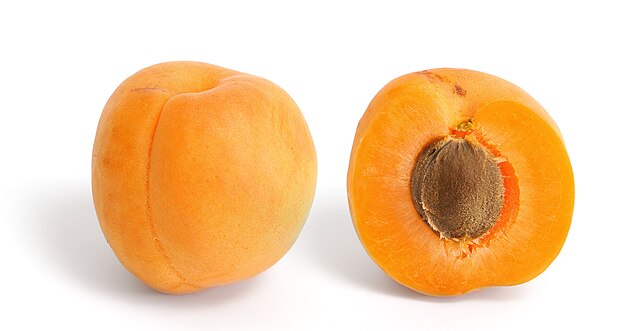A spring snow hail on April 10-12, 2025 that blighted apricot fields in Türkiye is bringing back recent export memories.
The eastern Mediterranean nation cumulatively exported $330 million worth of apricots in the half decade ending 2024, reports Daily Sabah.
Currently, the Ministry of Agriculture and Forestry is restoring orchards for the 2026 crop. However, valuable apricot export records inevitably inform the rehabilitation.
From 2021 to 2024, the country notably averaged between $55.6 and $82.6 million in annual apricot export returns.
The last harvest in 2024 brought exports to $70.6 million, up by 20.4% from the 2023 equivalent after an acreage expansion.
According to estimates, the 2025 crop could still have decreased by 10% year-on-year even without snowfall.
With the snow weighing in however, this year’s crop will be just a sliver of the annual average of 750,000 tonnes.
According to Yunus Kiliç of the Union of Turkish Chambers of Agriculture, the nation might only manage 10,000 tonnes in 2025.
Apricot Hub of Malatya
The production hub of Malatya in Eastern Anatolia region has particularly suffered the most damage.
This province represents 85% of the national output and helps Türkiye supply 4/5th of the worldwide dried apricots cache.
The export lead could change temporarily in 2025 after the wintry hit on the apricot groves. Although winter here lasts from late November through mid-March, it sometimes revisits the region due to climate change.
This year, around 1/3rd of the country’s 81 provinces experienced frost and snow at the late timing of April.
Apricots are warm and cool climate fruits that prefer a day temperature range of between 24 and 29ºC (75 and 85ºF).
So, will 2026 bring back the multi-million earnings that the Türkiye apricot industry has been registering consistently of recent? Only restoration efforts in the aftermath of the snowfall will tell. Meanwhile, below is a look at the bigger picture of the national industry via statistics.
Türkiye Apricot Statistics
Türkiye is the world’s biggest producer of apricots at between 750,000 tonnes (2023) and 803,000 tonnes (2022) per year. It is also the number one source of dried apricot exports, accounting for over 3/4 of the global trade for the commodity. The fruit mainly grows in the Eastern Anatolia province of Malatya, which produces 85% of the national output.
According to the Food and Agriculture Organization (FAO), national production has been depreciating unevenly between 2019 and 2023, from 846,606 to 750,000 tonnes. In contrast, the apricot acreage in the country has been increasing annually over the same timeline. It hiked from 131,178 hectares (ha) in 2019 to 144,941 ha in 2023.
Apricot production and acreage between 2019 and 2023, courtesy FAOSTAT:
| Market Year | Production [t] | Acreage [Ha] |
| 2023 | 750,000 | 144,941 |
| 2022 | 803,000 | 141,851 |
| 2021 | 800,000 | 134,879 |
| 2020 | 833,398 | 132,748 |
| 2019 | 846,606 | 131,178 |
Which are the major export markets of Türkiye’s dried apricots?
Providing 72.9% of the global supply of dried apricots, as of 2023, Türkiye ranks first in exports of the fruit. In 2023, the biggest destination was the United States at $73.9 million out of a total export value of $426 million. Following suit were Germany at $42.4 million, France at $42.2 million and the UK at $32.2 million. In the past five years, ending 2024, Türkiye earned a cumulative $330 million from apricot exports.
